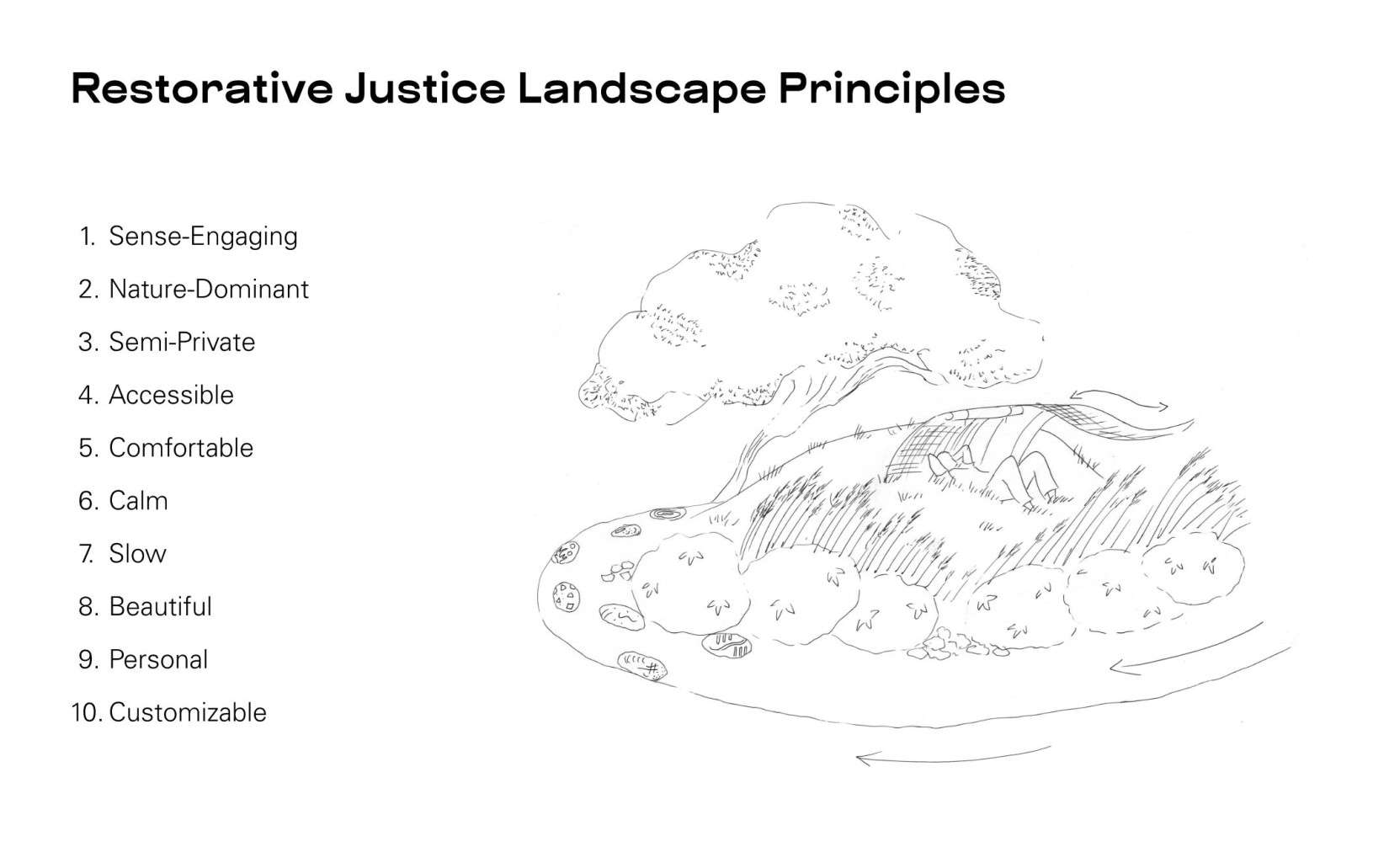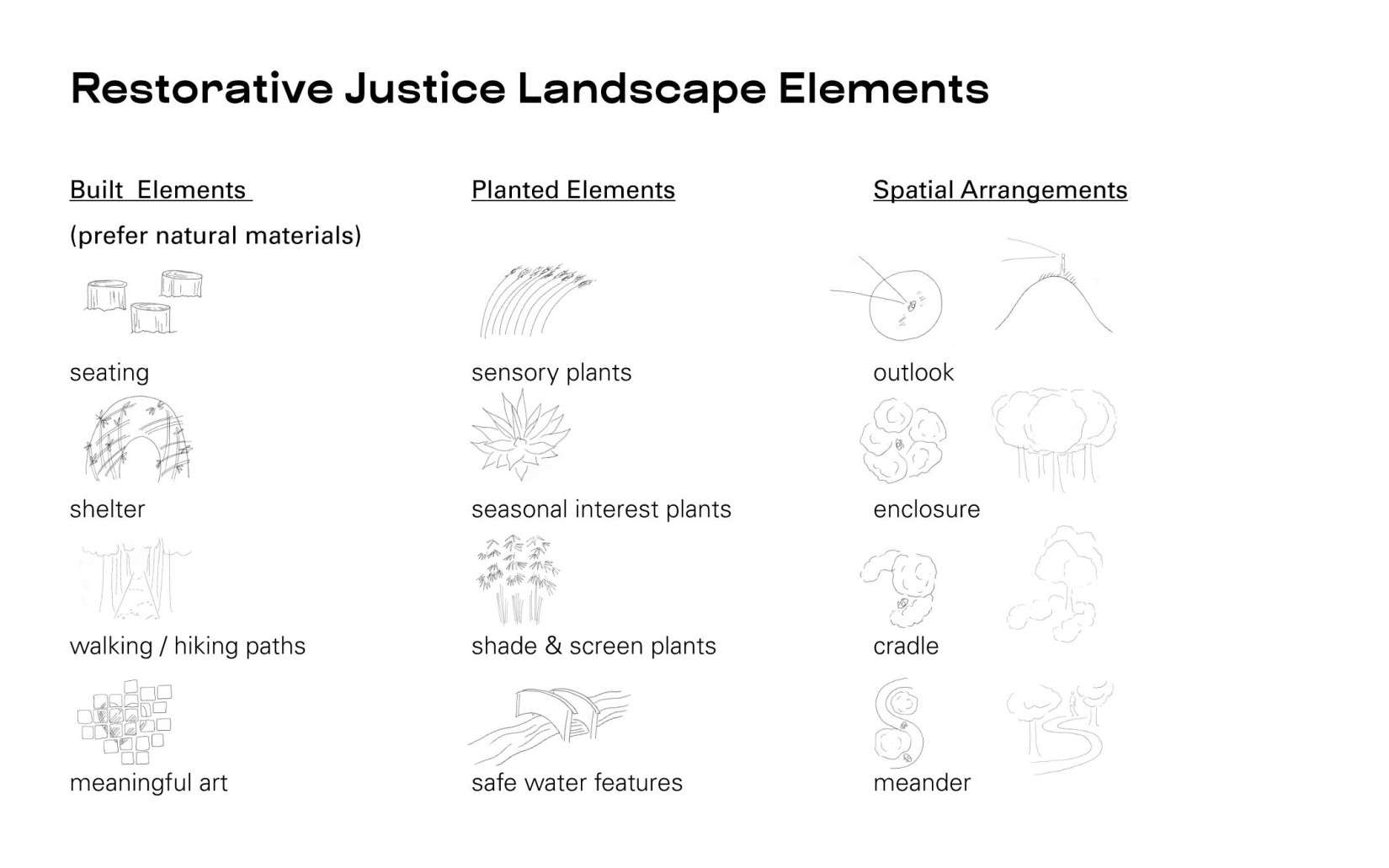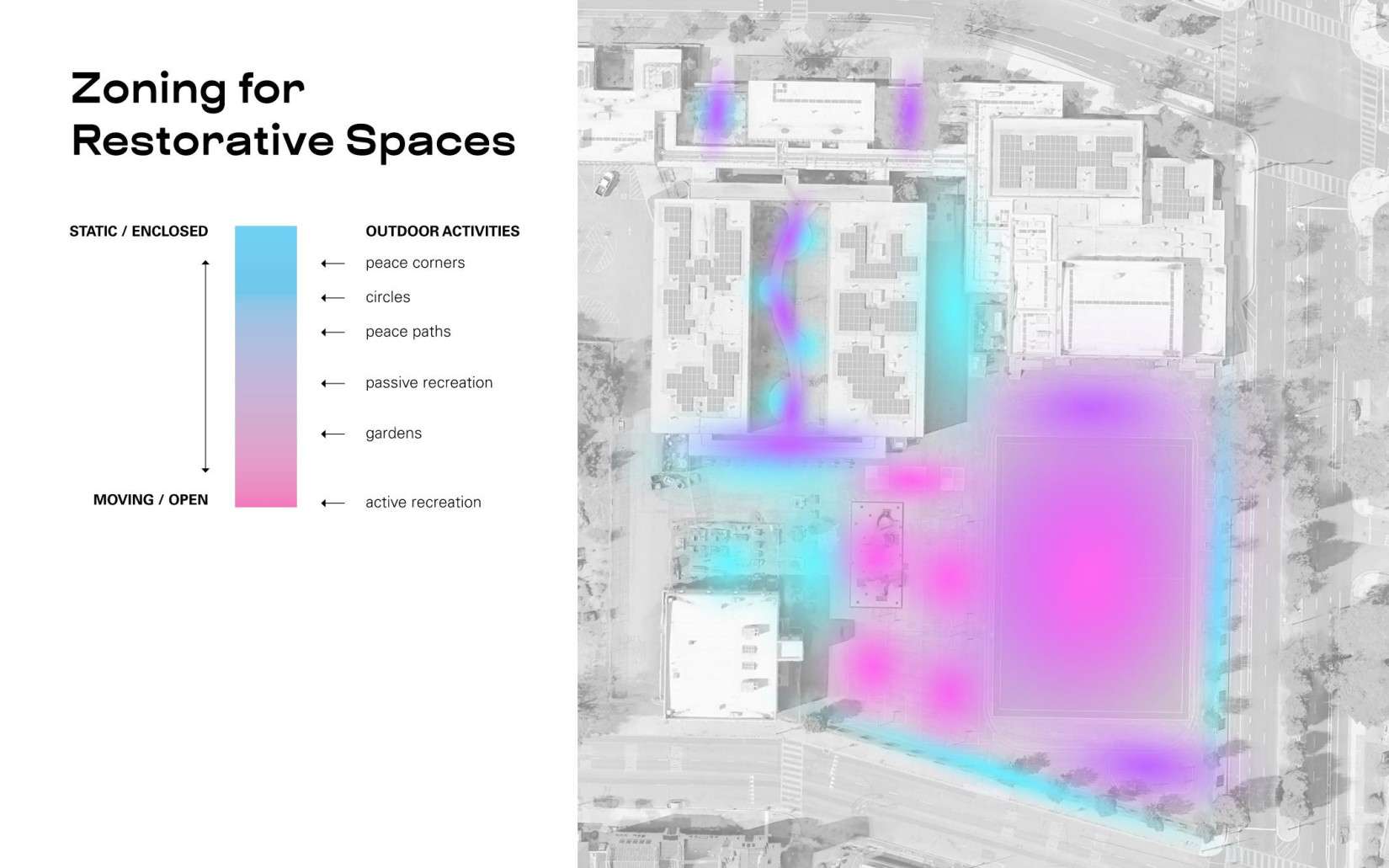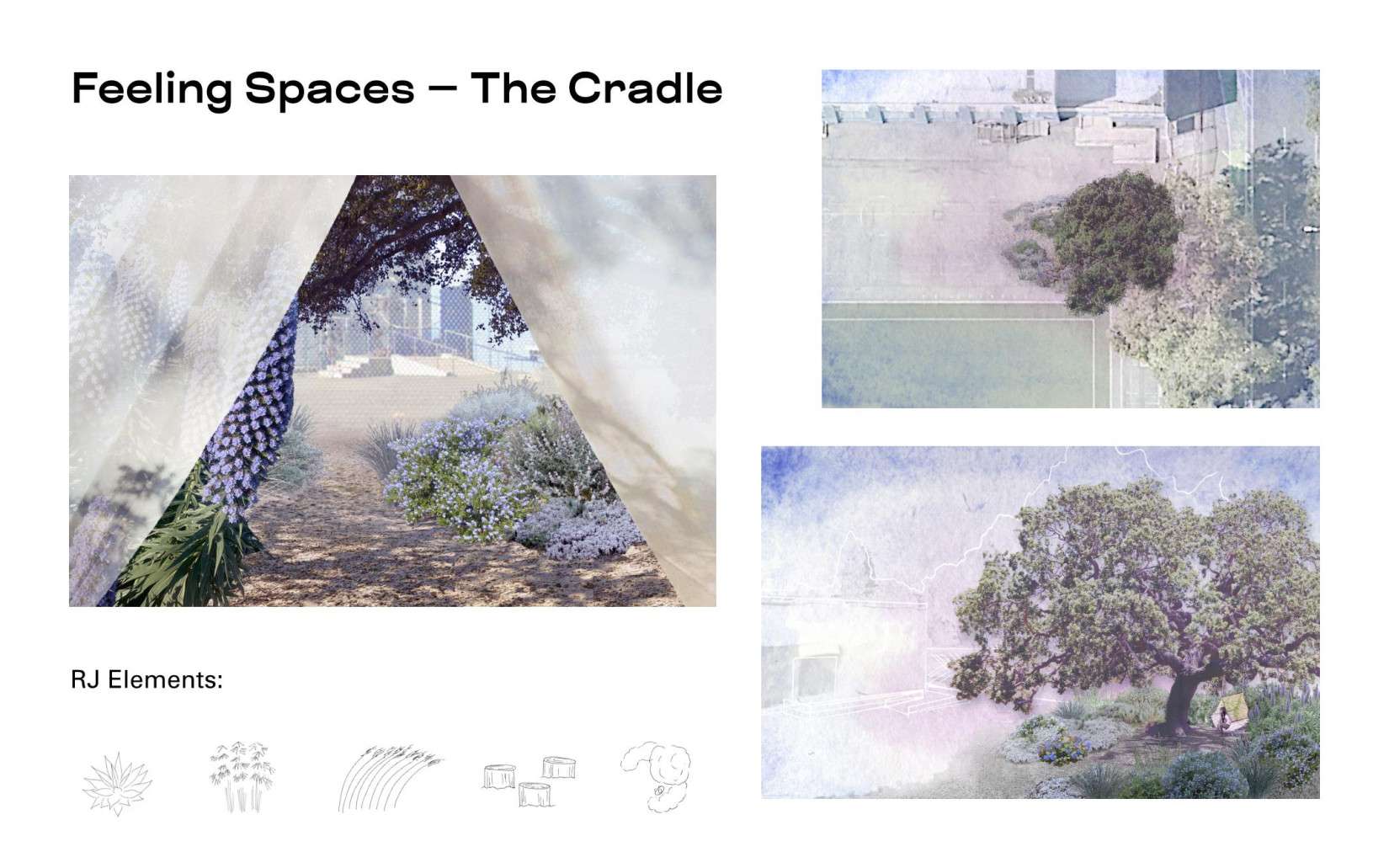Community Impact / Why should Landscape Architects be leaders in their community and have a passion to serve? - Vince Lattanzio
Amidst the pressing challenges of climate change, the demand for environmental stewardship and nature-based solutions has reached a critical juncture. Landscape architects, with their distinctive skill set and comprehensive grasp of natural systems, are ideally positioned to spearhead this transformative journey. It's imperative to elevate the role of landscape architects in decision-making processes, given their expertise in collaborating with nature and communicating innovative solutions. As a profession, we must cultivate a fervent dedication to serving our communities and regions, crafting localized responses to global environmental issues.
Whether serving on committees, boards, or as elected officials, landscape architects have a responsibility to advocate, educate, and protect the natural world. My personal journey reflects this commitment. I initiated a Neighborhood Alliance Group (NAG) 24 years ago, comprised of eight Bel Marin Keys’ residents dedicated to safeguarding our natural environment and community. Through our advocacy efforts, we successfully lobbied for funding nature-based improvements in our region. Subsequently, I was invited to run for a seat on our community service district board, where I collaborated with experts in various fields to complete over 110 projects aimed at climate change adaptation and environmental restoration.
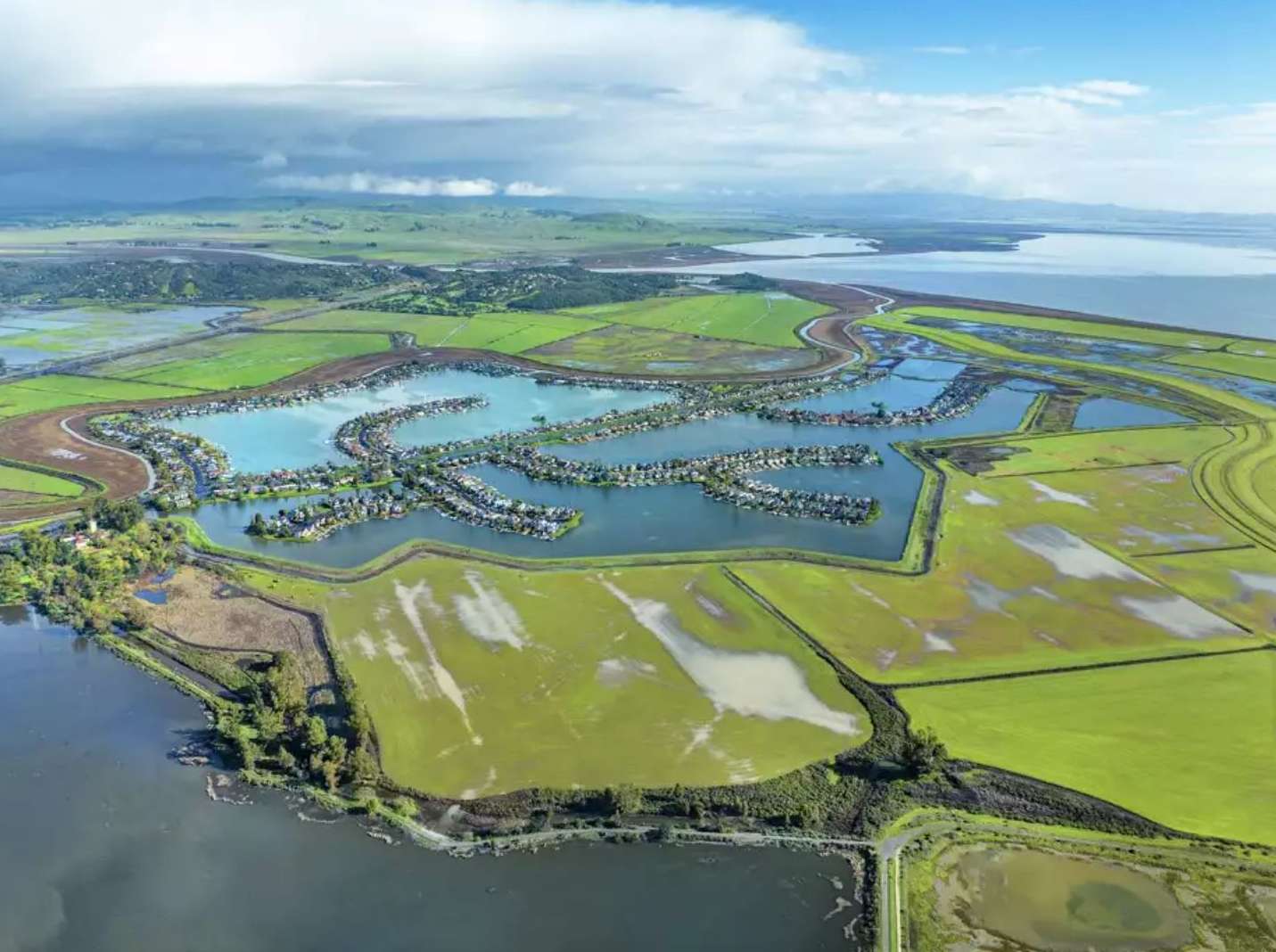
Our efforts were centered on revitalizing the watershed and enhancing water quality. By installing aeration systems, we aimed to boost community health and biodiversity, while employing natural enzymes to manage algae blooms. This approach fostered a robust ecosystem capable of sustaining high biodiversity levels, promoting the healing and longevity of our natural systems. Additionally, we prioritized community education on watershed protection and improvement, advocating for a strategy that embraced the "4 R's" - sediment removal, relocation, restoration, and recreational education - as alternatives to dredging, thereby working in harmony with nature.
We're incredibly fortunate to reside alongside an undeveloped watershed, offering a prime opportunity for restoration efforts. By revitalizing this area, we can return the watershed to a sustainable system, bolstering natural habitats and safeguarding against flooding amid rising sea levels and the impacts of climate change.
With the expiration of our previous 20-year funding in 2022, our community rallied together, forming a new Neighborhood Alliance Group (NAG) to educate and advocate. Through six months of concerted efforts, including door-to-door outreach and town hall meetings, we successfully passed a new tax measure with overwhelming 80% support.
While our community may be distinct, the challenges of climate change and sea-level rise resonate universally, underscoring the importance of collective action. My 38 years of volunteer experience have been emotionally and personally fulfilling, marked by collaboration, discovery, and resilience in the face of adversity. It has been a journey filled with challenges, but also with celebration, as we work together to protect and preserve the delicate balance between humanity and nature.
To delve deeper into Bel Marin Keys, take a look at this article featured in the SF Chronicle: https://www.sfchronicle.com/bayarea/article/bel-marin-keys-18941646.php
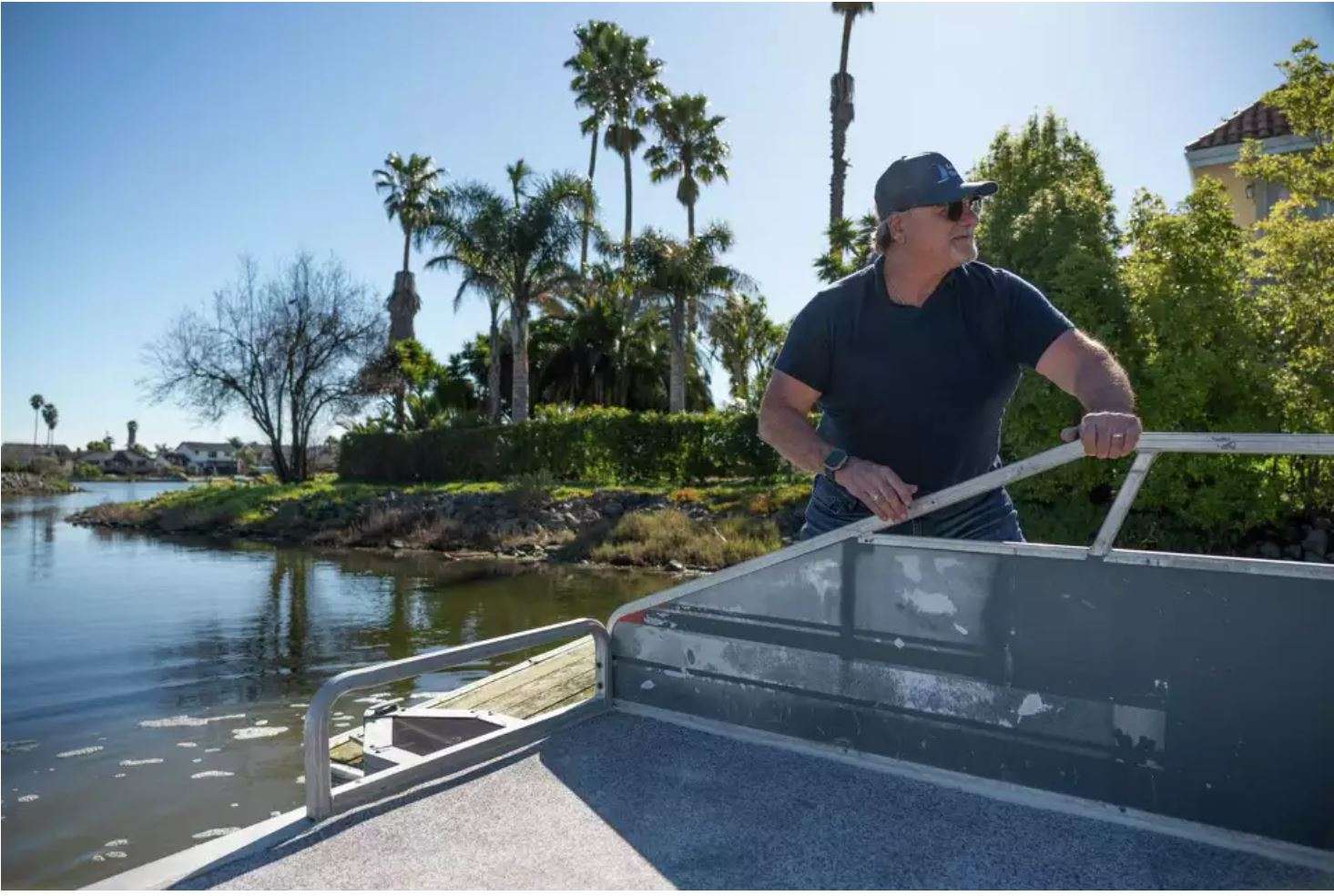
Feature / People
